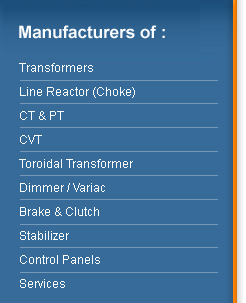BEARING MOUNTED CLUTCH
The Bearing Mounted Clutch is a "Normally Off" type Clutch. It has 2 basic of a coil and a rotor faced with friction material held to the stator by means of the bearing and the Armature plate.
When current flows through the Clutch Coil, the Armature plate is attracted to he rotor with friction material thereby transmitting the torque and is released immediately due to a sinusoidal wave spring, when no current is passing through the coil.


